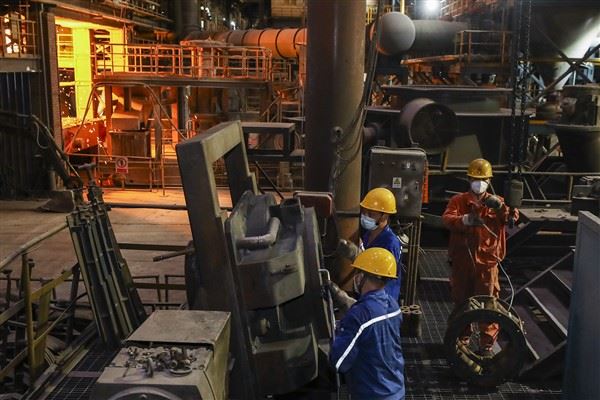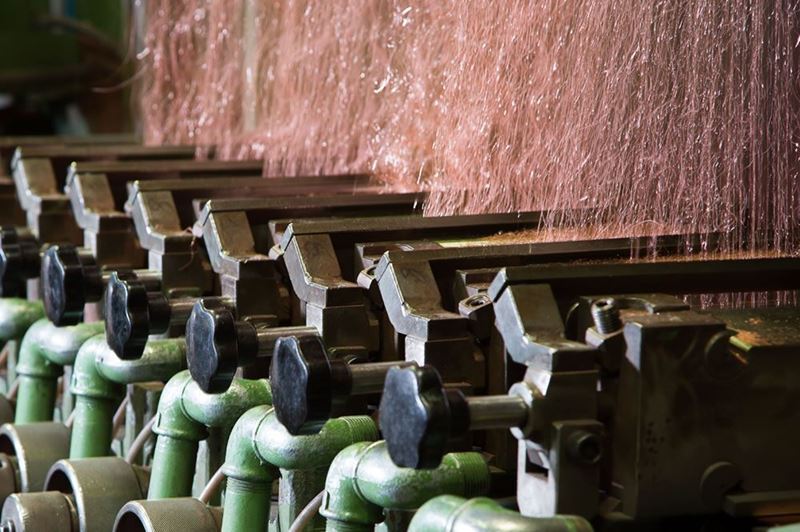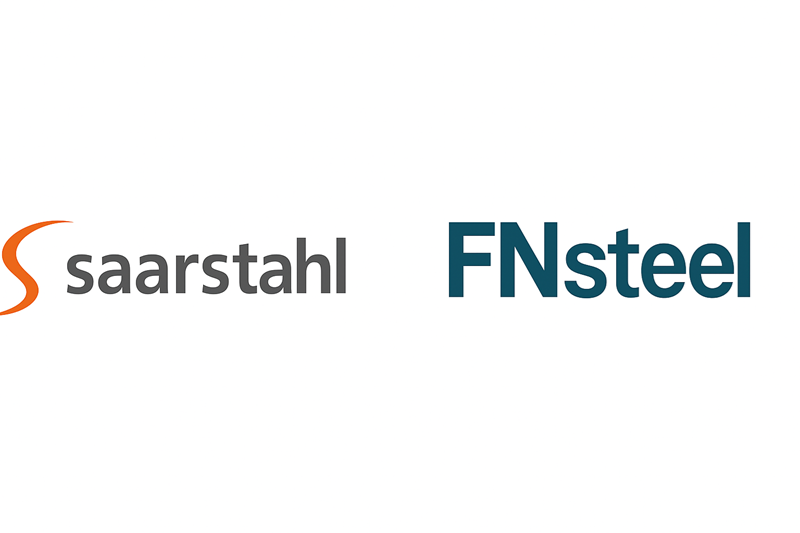China’s total semi-finished steel imports fell to 1.78 million tons in 2024, down by 1.5 million tons compared to 2023. This decline reflects weakening domestic demand for semi-finished steel and a reduction in domestic production.
Billet imports dropped by 11% to 554,545 tons. However, imports from two major suppliers remained strong. Imports from Oman rose by 50% to 345,040 tonnes, while imports from Japan increased by 16% to reach 164,000 tons. In contrast, imports from other sources saw a noticeable decline.
Slab imports experienced a steep fall. While China imported 1.8 million tons of slabs in 2023, the figure dropped to just 650,000 tons in 2024. Imports from the largest supplier, Russia, nearly halved to 395,669 tons. Slab imports from Oman plummeted from 609,000 tons to only 30,000 tons.
Imports of stainless and alloyed semi-finished steel also decreased by 19.4%, reaching 572,648 tons. A significant portion of these imports came from Indonesia, which declined from 618,283 tons in 2023 to 525,478 tons in 2024.
Overall, China continued its trend of reducing semi-finished steel imports in 2024, shifting away from traditional suppliers and focusing on fewer sources.
In contrast, China’s exports of semi-finished steel surged significantly. Export volume rose from 3.3 million tonnes in 2023 to 5.7 million tons in 2024.
Billet exports doubled, reaching 2.7 million tons. Major buyers of this product group included ASEAN countries such as Indonesia, the Philippines, and Thailand.
However, slab exports declined. China exported 1.2 million tons of slabs in 2023, falling to 746,000 tons in 2024. Exports to its largest market, Italy, dropped by nearly 50% to 398,000 tons. Slab exports to ASEAN countries remained limited.
The most remarkable increase was observed in the export of semi-finished steel with a high carbon content (≥0.25%). Exports in this category rose from 681,000 tons in 2023 to 2.06 million tons in 2024. Indonesia, the Philippines, and Taiwan stood out as the main destination countries.
China’s semi-finished steel imports have been on a declining trend since 2022. This can be attributed to the recovery of domestic production following the pandemic, reducing the need for imports. On the other hand, the growth in exports underlines China’s strengthened position in the global semi-finished steel market and reinforces its identity as a net exporter.









Comments
No comment yet.